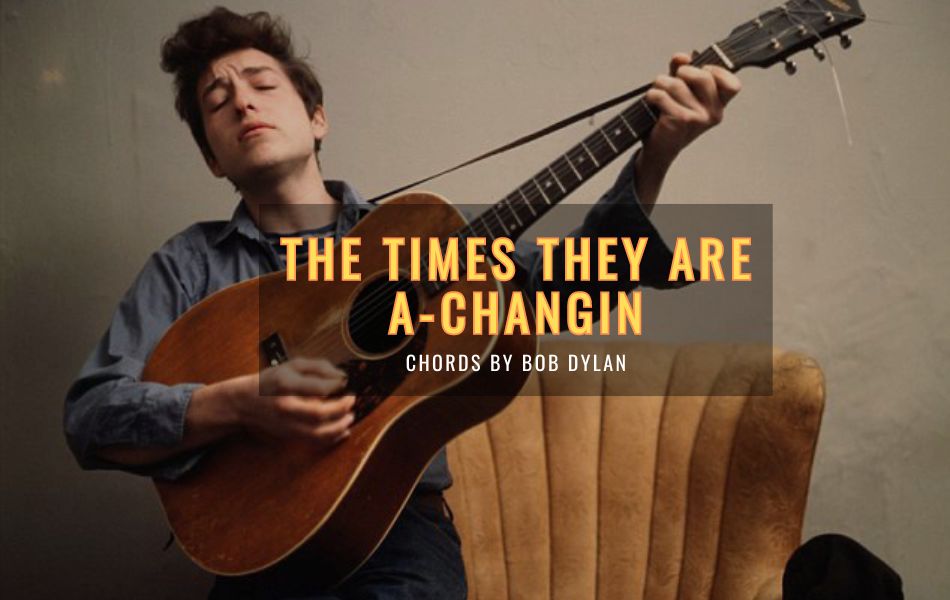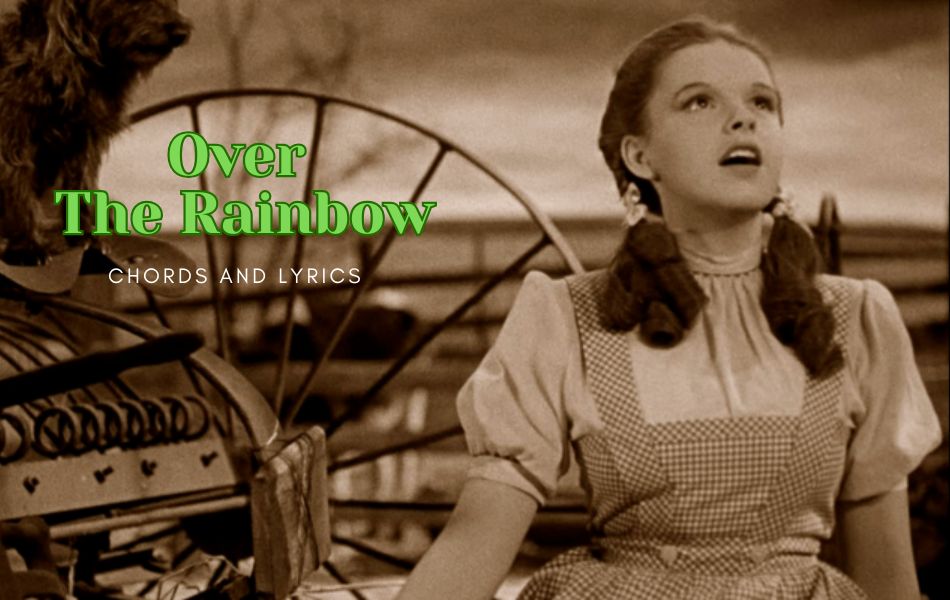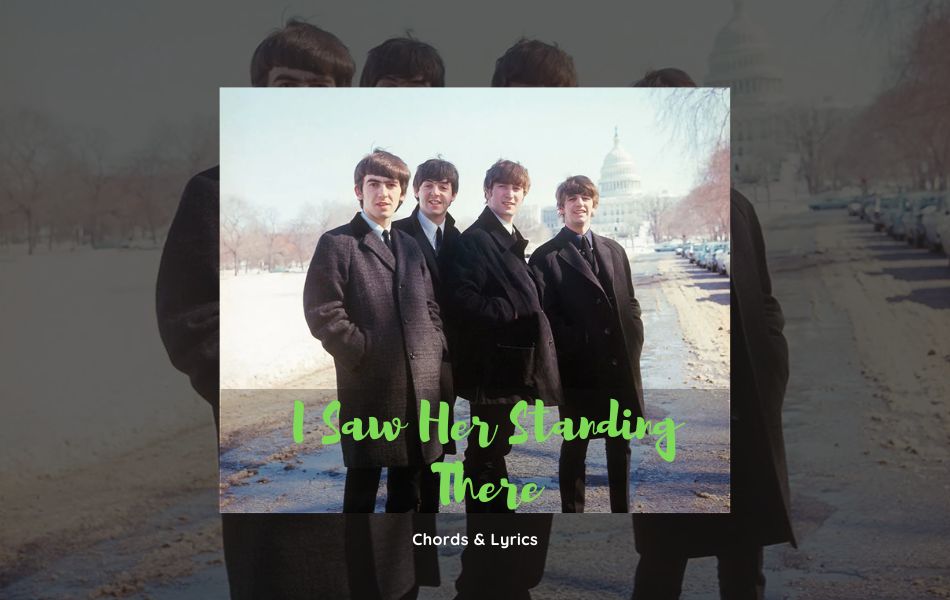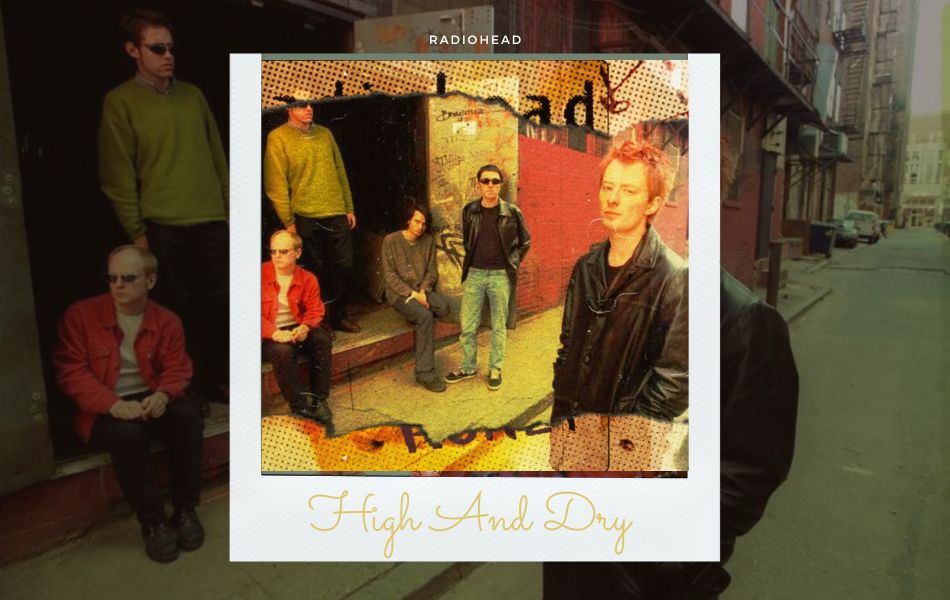Basic Violin Chords For Beginner
Track Info

Song:
Artist:
Writers:
Producers:
Album: Updating
Chords Info
Tuning
CapoNo Capo
Chords Used
While chords are a staple of chordal instruments like the piano, guitar, and ukulele, the violin often stands apart as a primarily melodic instrument. Its soaring melodies and intricate passages have long captivated listeners, but the question remains: can chords be played on the violin? In this exploration, we delve into the unique world of violin chords.
What is violin chord?
In traditional music theory, the term "violin chord" doesn't have the same meaning as it does for instruments like the guitar. The violin is primarily a monophonic instrument, meaning it typically plays one note at a time. Unlike the guitar, which can strum or pluck multiple strings to produce a chord, the violin usually plays individual notes to create melodies or harmonies.
However, in a broader sense, a "violin chord" can refer to instances where the violinist plays double stops or triple stops, where two or three notes are sounded simultaneously by bowing multiple strings at once. These combinations of notes can create harmonies or imply chords, although they are not typically referred to as "chords" in the same way as on the guitar.
In essence, while the violin can suggest chordal harmony through the use of double stops and triple stops, the concept of a "violin chord" is not as prevalent or defined as it is for chordal instruments like the guitar or piano.
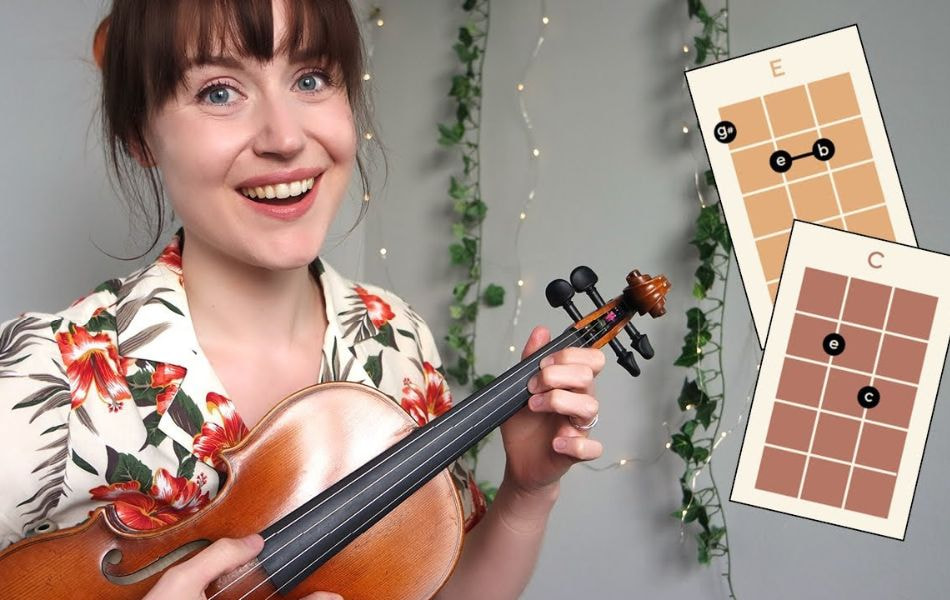
Compare guitar chords to violin chords
While both instruments can produce chordal sounds, the execution and presentation of chords differ. The guitar directly produces chordal sounds by playing multiple strings simultaneously, while the violin suggests chordal harmony through double stops and triple stops, playing one note at a time.
Most common violin chords
Unlike instruments such as the guitar, where chords are formed by simultaneously playing multiple notes, the violin typically plays single notes at a time. Therefore, the concept of "chords" on the violin is not as straightforward. However, violinists can imply chordal harmony through techniques such as double stops, where two notes are played simultaneously on adjacent strings, or by playing arpeggios, which are broken chords where the notes of a chord are played consecutively rather than simultaneously.
In this sense, the number of "chords" a violin can produce is virtually limitless, as it depends on the creativity and skill of the violinist in combining and arranging notes to imply harmony. However, it's important to note that the violin is primarily a monophonic instrument, meaning it typically plays one note at a time, and the concept of chords is approached differently compared to chordal instruments like the guitar or piano.
Here's the list with the chord name and its respective notes:
- A major (A): A – C♯ – E
- A minor (Am): A – C – E
- B♭ major (B♭): B♭ – D – F
- B♭ minor (B♭m): B♭ – D♭ – F
- C major (C): C – E – G
- C minor (Cm): C – E♭ – G
- D major (D): D – F♯- A
- D minor (Dm): D – F – A
- E major (E): E – G♯ – B
- E minor (Em): E – G – B
- F major (F): F – A – C
- F minor (Fm): F – A♭ – C
- G major (G): G – B – D
- G minor (Gm): G – B♭ – D
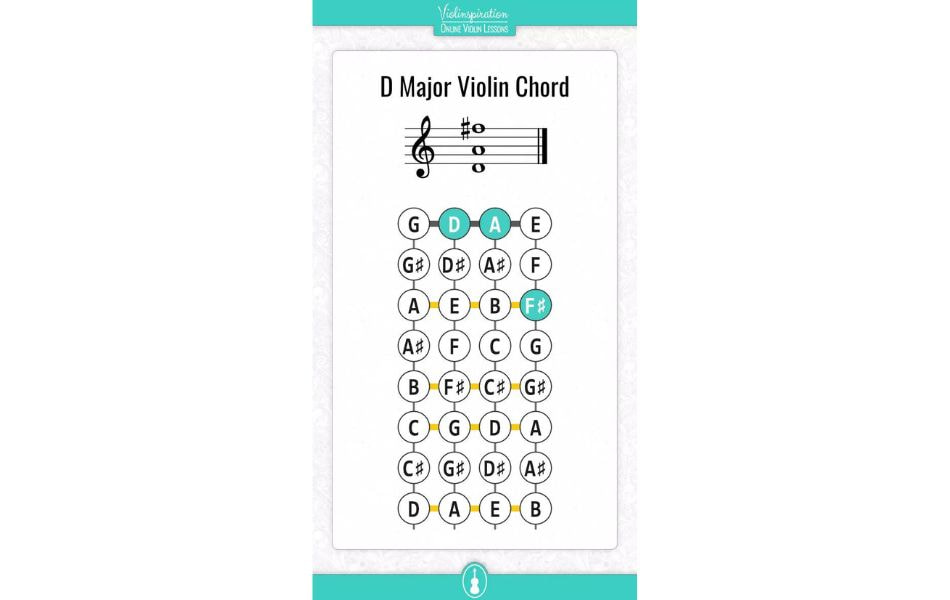
How to play violin chord
Playing chords on the violin involves techniques such as double stops and arpeggios. Here's how to play them:
Double Stops
Double stops involve playing two notes simultaneously on adjacent strings.
- Place your fingers on the fingerboard to stop two strings at the same time. This can be done by pressing down one finger across two strings or by using two separate fingers.
- Bow across both strings at once, applying consistent pressure to each string to produce clear and even tones.
- Experiment with different finger placements and bow pressures to achieve the desired sound and balance between the two notes.
Arpeggios
Arpeggios are broken chords where the notes of a chord are played consecutively rather than simultaneously.
- Start by selecting a chord you want to arpeggiate, such as a major or minor triad.
- Play the lowest note of the chord, then quickly lift your finger and play the next note in the chord, and continue this pattern until you have played all the notes of the chord.
- Use a smooth and fluid bowing motion to connect the notes seamlessly, aiming for clarity and precision in each note.
- Practice slowly at first, gradually increasing speed as you become more comfortable with the pattern and finger placements.
By mastering basic violin chords, beginners can expand their musical horizons and unlock new realms of creativity. As we bid farewell to this exploration, let us carry forward the newfound appreciation for chordal harmony on the violin, embracing its capacity to enchant and inspire both players and listeners alike.


